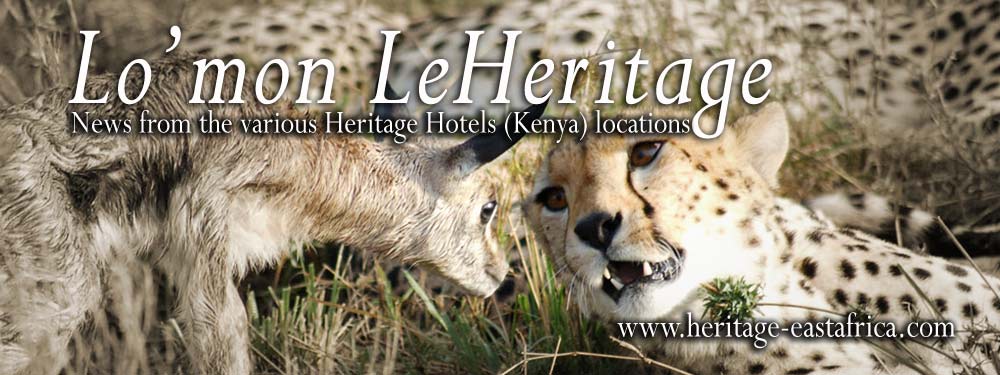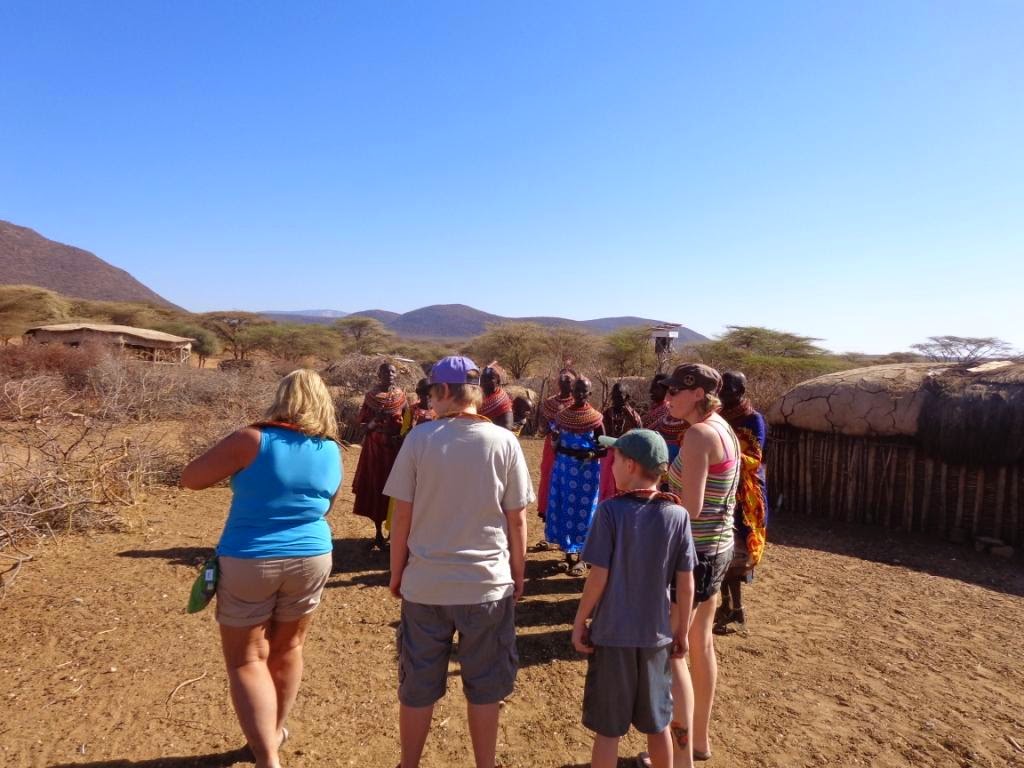Melissa Kooijman is a travel agent from Safari Studio in Canada who visits Africa almost every year. She stayed at Samburu Intrepids Camp with her mum and sons, and spent time at Kiltamany primary school where they donated note books, pens, pencils, rulers, art and craft papers, toys and crayons to take care of the whole school with 153 pupils.
Melissa’s two sons, Ethan and Joshua, also interacted with the school children - it was their first time to Africa. The boys brought with them 63 letters from their school - and more school supplies. In the same vein, the Kiltamany children also wrote letters to Lavington school in Canada where Melissa’s boys study. They also learned how to make bow and arrows and fire with sticks. At night, we gathered around the fire to roast pope corns.

During my visit, I drew the above animals to give pupils hints on what to draw. On the same note, I discussed with the teachers about Melissa’s visit.

The next morning, we visited Kiltamany village. We were welcomed by Samburu women.
Melissa visited the village for her young boys to learn about the unique Samburu culture.

It is only by visiting people that one can learn about other cultures, especially our traditional literature which is not written on paper but is passed on by word of mouth.
The young boy Joshua is dancing with one of the ladies in the village. The video below is his Samburu/Africa trip. Enjoy.
Steven Tilas, Resident Naturalist, Samburu Intrepids Camp ©Heritage Hotels Ltd
Melissa’s two sons, Ethan and Joshua, also interacted with the school children - it was their first time to Africa. The boys brought with them 63 letters from their school - and more school supplies. In the same vein, the Kiltamany children also wrote letters to Lavington school in Canada where Melissa’s boys study. They also learned how to make bow and arrows and fire with sticks. At night, we gathered around the fire to roast pope corns.
Tilas at Kiltamany School showing the pupils how to write letters to the students in Canada

During my visit, I drew the above animals to give pupils hints on what to draw. On the same note, I discussed with the teachers about Melissa’s visit.
Boys and girls ready to take a turn to draw on the blackboard
Fire making is part of the games we teach young adventures using the sand paper bush branches.

On the night of 3rd March, we used the fire from the twilling sticks to make a fire which we used for roasting pop corns. After, we did had a session on stargazing.
The next morning, we visited Kiltamany village. We were welcomed by Samburu women.
Melissa visited the village for her young boys to learn about the unique Samburu culture.

Melissa and her sons in the village. Stephenie is in the back ground dancing with the ladies.
The young boy Joshua is dancing with one of the ladies in the village. The video below is his Samburu/Africa trip. Enjoy.



































